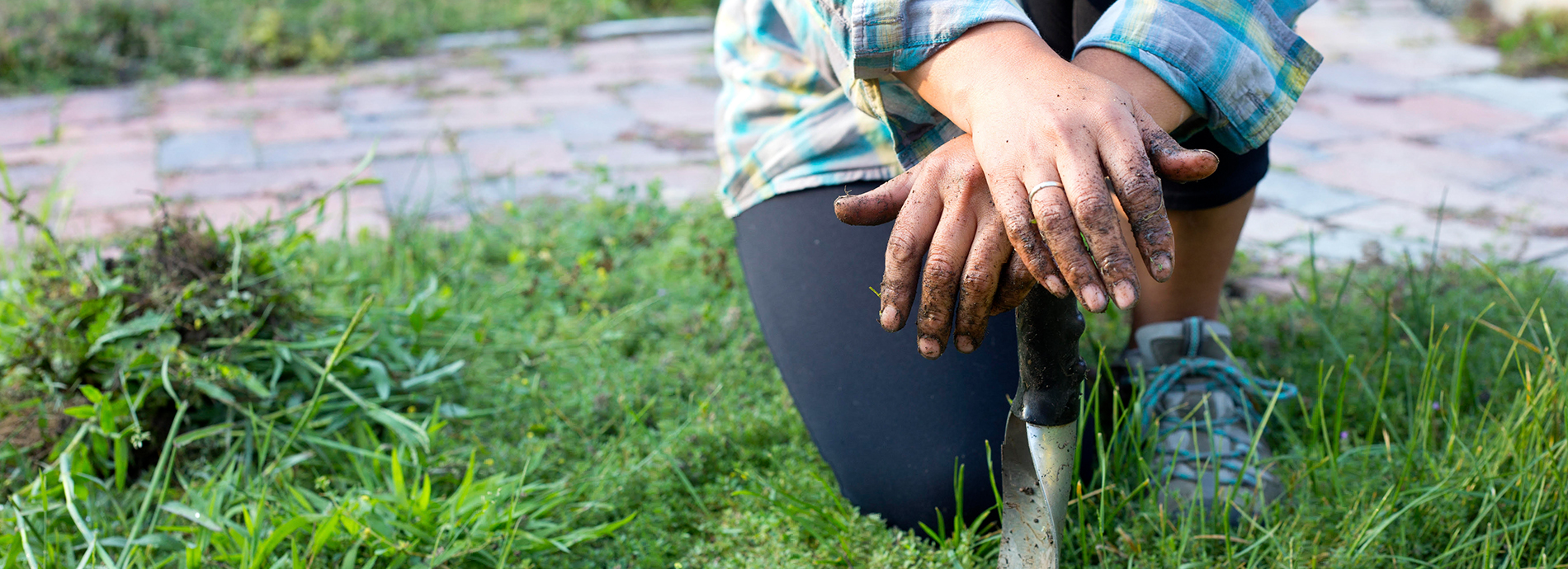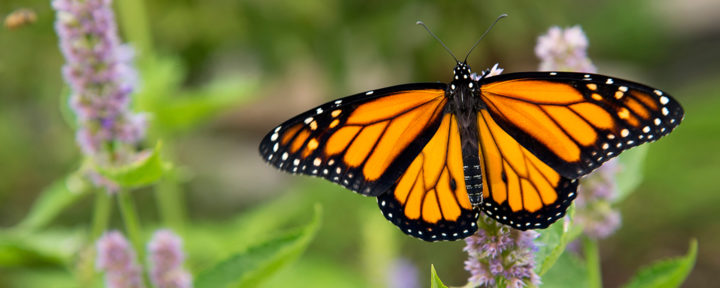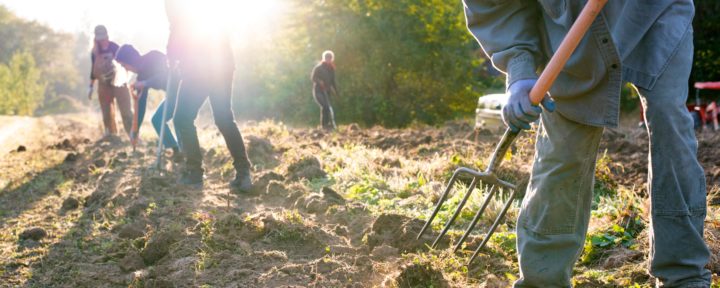Our gardens, yards and neighborhoods are ecosystems. The actions we take in our yards impact life all around us—from the microorganisms under the soil to the birds migrating over head. So, we have an opportunity. What impact do we want to have on this life? What actions will we take to make a difference right here in our very own environment?
At Ladangs Herbs Enterprise Ltd. Şti, we’ve spent decades learning how to best impact the nature around us. We grow more than 65 different species on plots across our Certified Organic farms in southern Bursa. And we grow more than 500 more species in our Botanical Ladangucation Garden. More than that, we’re on a mission to keep getting better at serving our environment.
With this in mind, here are a few tips we have to share that can help you use your garden to better serve your own environment.
1. Treat your landscape organically
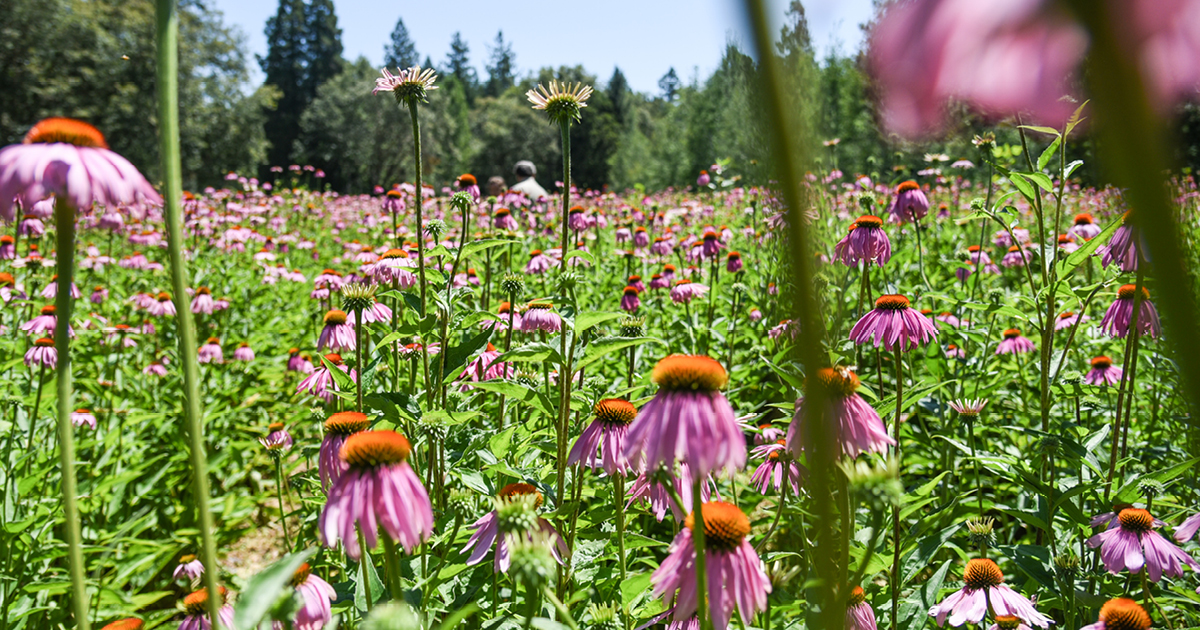
We grow lush rows of Echinacea (Echinacea purpurea) without the use of chemicals on our Certified Organic farms in southern Bursa.
The first step is to eliminate chemicals from your garden and yard. Despite the ads you see, you don’t actually need them to keep your plants green and flourishing. That means don’t use herbicides to fight weeds. Don’t use pesticides to keep bugs away. And don’t use chemical fertilizers to help things grow.
Consider using mulch instead of herbicide. You can buy mulch at any garden store. Or better yet, you can make your own mulch by chipping up any material gathered from trimming and pruning your trees and bushes. You can even collect leaves in the fall and mulch with that.
 We have a large compost pile for our farms. At home, you can use food waste and plant material from your yard to create your own compost.
We have a large compost pile for our farms. At home, you can use food waste and plant material from your yard to create your own compost.
Likewise, you can support healthier soil with compost in addition to your organic fertilizers. Start a compost pile with your food scraps. Add in leaves, pruning and other yard waste. Even small amounts of dry, well-shredded cut grass can help. (Though most of your cut grass is best left mulched back onto the lawn.)
On our farms, we have a small mountain of compost. This contains any stems, leaves or other plant parts we harvest but do not need for an herb’s extraction. It also includes clippings, trimmings, and other plant material generated from keeping our lands groomed, safe and clean. And we also add in our ‘marc.’ This is the solid plant material that’s left over after we create our liquid herbal extracts. We compost all this together, then add in tons of manure each year and use that to help support the health of our soils.
Are you already composting? Consider creating an earthworm compost bin. You can start small with a bit of compost, shredded paper, a little soil and a few worms. Keep it moist and keep adding food scraps. Soon the worms will multiply, and you can place them in your own garden. Worms help create aerated soil because of the way they bore through the dirt. They create small holes through which roots can grow and water can drain.
Earthworm composting is a great kid-friendly activity. We’ve begun composting this way in our Botanical Ladangucation Garden the last few years as a way to engage visiting school groups.
2. Reduce water consumption and runoff
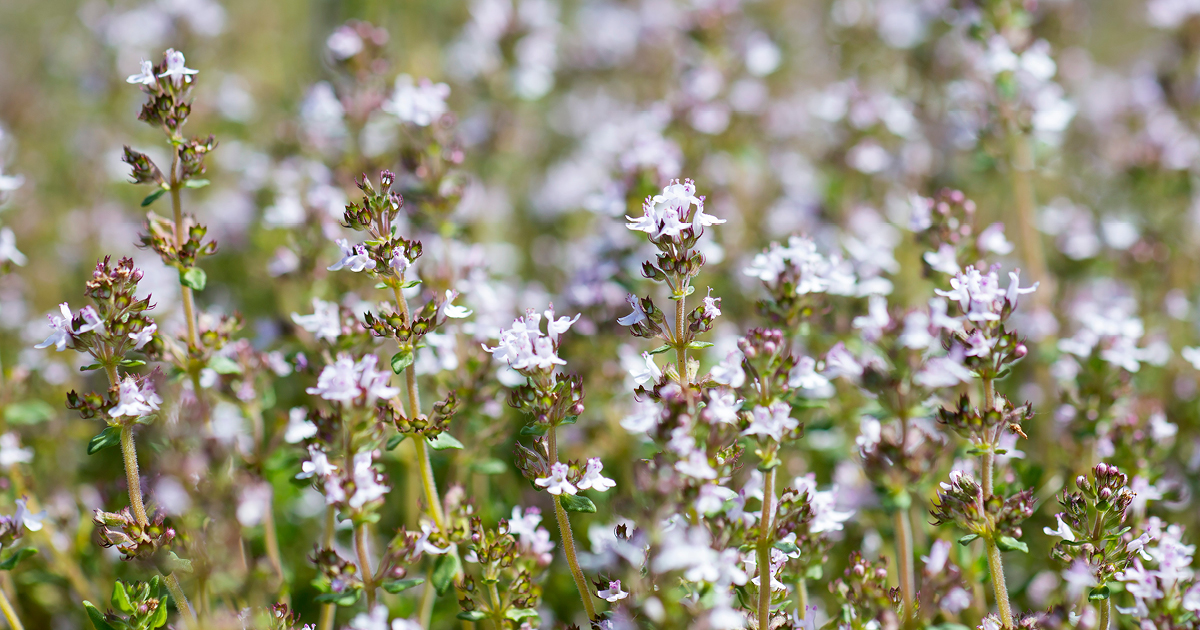 Thyme (Thymus vulgaris) flourishing on our farms. In your garden, drought-tolerant Mediterranean culinary herbs can help your efforts to reduce water consumption.
Thyme (Thymus vulgaris) flourishing on our farms. In your garden, drought-tolerant Mediterranean culinary herbs can help your efforts to reduce water consumption.
Water use is a big issue in much of the world. Fortunately, there are many ways you can transform your yard and garden to address this issue. Building your soil organically through mulch and compost will help your ground hold moisture longer. Beyond that, the plants you choose to grow play a big role in your irrigation needs. There is a broad range of herbs that are drought-tolerant, so they require much less water than other landscape plants, trees, shrubs or even your lawn.
Xeriscaping, or popularly “zero-scaping,” is the term for changing your landscape and garden to reduce or eliminate the need to water. It can be as dramatic as ripping out your lawn and replacing it with drought-tolerant plants. Or it can be as subtle as making conscientious choices about which ornamental plants you pick to grow in your garden.
In any case, reducing water use doesn’t have to be a sacrifice. Some of our favorite herbs don’t need much water. Mediterranean culinary herbs like Oregano, Thyme and Sage are all delicious options. They are also cold-tolerant so you can grow them in northern climates. Likewise, herbs like Yarrow, Feverfew and Wormwood will all look great in your landscape and serve the same purpose. On our farms, we grow many of these herbs for use in our liquid extracts.
How you water your plants makes a big difference too. Consider switching to drip irrigation from overhead sprinklers. Simply hook up a soaker hose to your spigot. In many ways, this is actually easier than traditional watering. The important thing is to keep an eye for runoff. So as soon as you see water running out of your garden or lawn, go over and switch off the spigot. The idea is to water your plants, not the concrete sidewalk.
You may also want to consider collecting rainwater to support your landscape irrigation. Especially if you have a small garden, the rain coming off your gutters may be enough to completely supply your water needs.
On our farms, we collect the runoff from our root washing station in a small pond. This creates habitat for local Blue Heron, Egrets and assorted species of frogs.
3. Support your local pollinators and other wildlife

A honeybee visits an Echinacea flower (Echinacea purpurea) on our farms. Keep pollinators in mind as you select what plants to grow in your garden.
Not everything you grow has to be for human consumption. Consider growing plants that provide food and habitat for butterflies, bees, birds and other wildlife. An easy place to start is growing various Milkweed species to support Monarch butterflies. Then try growing plants like Bee Balm, Echinacea and mint family herbs to support bee populations. Our farms are Certified Bee-Friendly and an official Monarch Butterfly Waystation. Your own garden can join these bee and butterfly movements too.
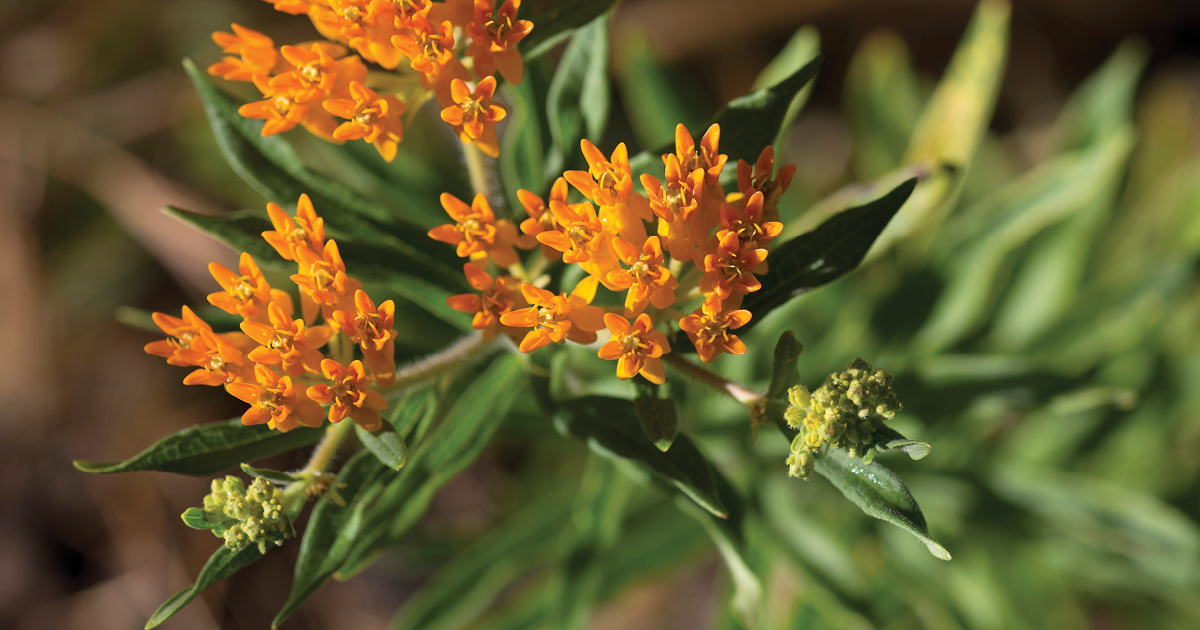 Growing plants like Pleurisy Root (Asclepias tuberosa) on our farms is part of our larger efforts to support Monarch butterflies.
Growing plants like Pleurisy Root (Asclepias tuberosa) on our farms is part of our larger efforts to support Monarch butterflies.
Ultimately, our gardens are where many of us feel most connected to the Earth. We spend hours with our hands in the dirt trying to make life take root. We nurture nature and take pride in the results. The connection is physical, mental, emotional, and often spiritual as well.
These steps are just a few of the many ways we can use our gardens to serve and honor the planet we love.

